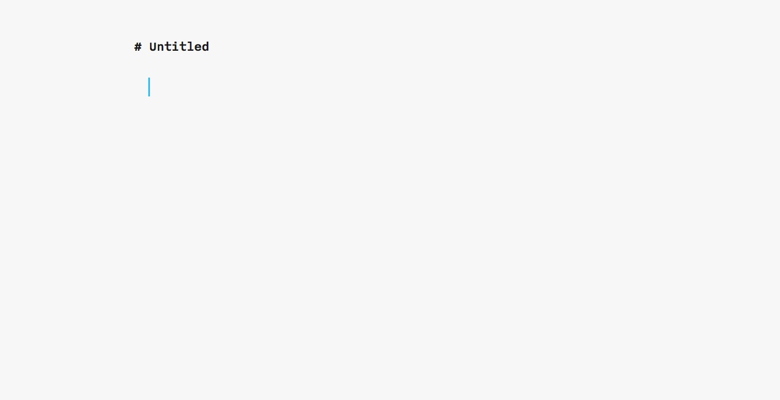Increase Your Creativity With Constraints, Part I

This post is the first in a two-part series on using constraints to improve creativity. Part II is here!
The more constraints one imposes, the more one frees one’s self. And the arbitrariness of the constraint serves only to obtain precision of execution. — Igor Stravinsky, from Poetics of Music in the Form of Six Lessons
Nothing is more intimidating than the blank page.
We’ve talked about how everyone needs to create, but how? How the hell do you actually do it?
How do you sit down and write a chapter of a novel, or a poem, or a blog post?
How do you transform an empty canvas into a painting, or a lump of clay into pottery?
How do you create music, or write jokes, or think of a new approach to a problem at work?
Here’s the key: Infinite possibility is infinitely overwhelming.
This is true for creative professionals and people who think they don’t have a creative bone in their body. The difference is, people who create for a living understand the need for constraints, and they build them into their working lives.
Let’s take a page from the creative professional’s book.
More Constraints = More Freedom
Stravinsky said it best in the opening quote. The more constraints we impose, the more freedom we have. And arbitrary constraints work just fine.
When I’m practicing jazz improvisation on the trumpet, I get way more accomplished when I set some ground rules:
“Okay, for the next 20 minutes I’m going to work on pentatonic scale patterns in the key of E. Straight eighth notes, not swung, at a tempo of quarter note = 150 BPM.”
On the other hand, if I just say to myself “I’m going to practice some jazz for a while,” I tend to just noodle aimlessly. It’s fun, but I don’t get any better.
It’s true in any discipline. In writing, a common exercise is to write a short story with no adverbs, or a page of dialogue with no adjectives. This kind of writing is hard, but it forces you to focus.
Finding Constraints to Add
The first constraint that comes to mind is usually time, which we’ll discuss in depth on Friday. Suffice it to say that limiting your time is an all-around great strategy.
If you’re writing, set a word count. If you’re struggling with writer’s block, set a low word count.
Writing a blog post? I find it helpful to pick a topic ahead of your writing session, work for a preset amount of time, and for pete’s sake, be kind to yourself. It takes a long time to write like Leo or Seth.
If you’re practicing a musical instrument, decide what you’re going to practice, how long you’re going to practice it, how you’re going to approach it, when it’s time to move on, etc.
Use arbitrary restraints, too. Picasso had his blue period, and if painting almost entirely with one color isn’t an arbitrary constraint, I don’t know what is. If it was good enough for Picasso, it’s good enough for us, right?
Whatever your creative project, don’t leave it open-ended. Too much possibility is suffocating, so use constraints to open a window.